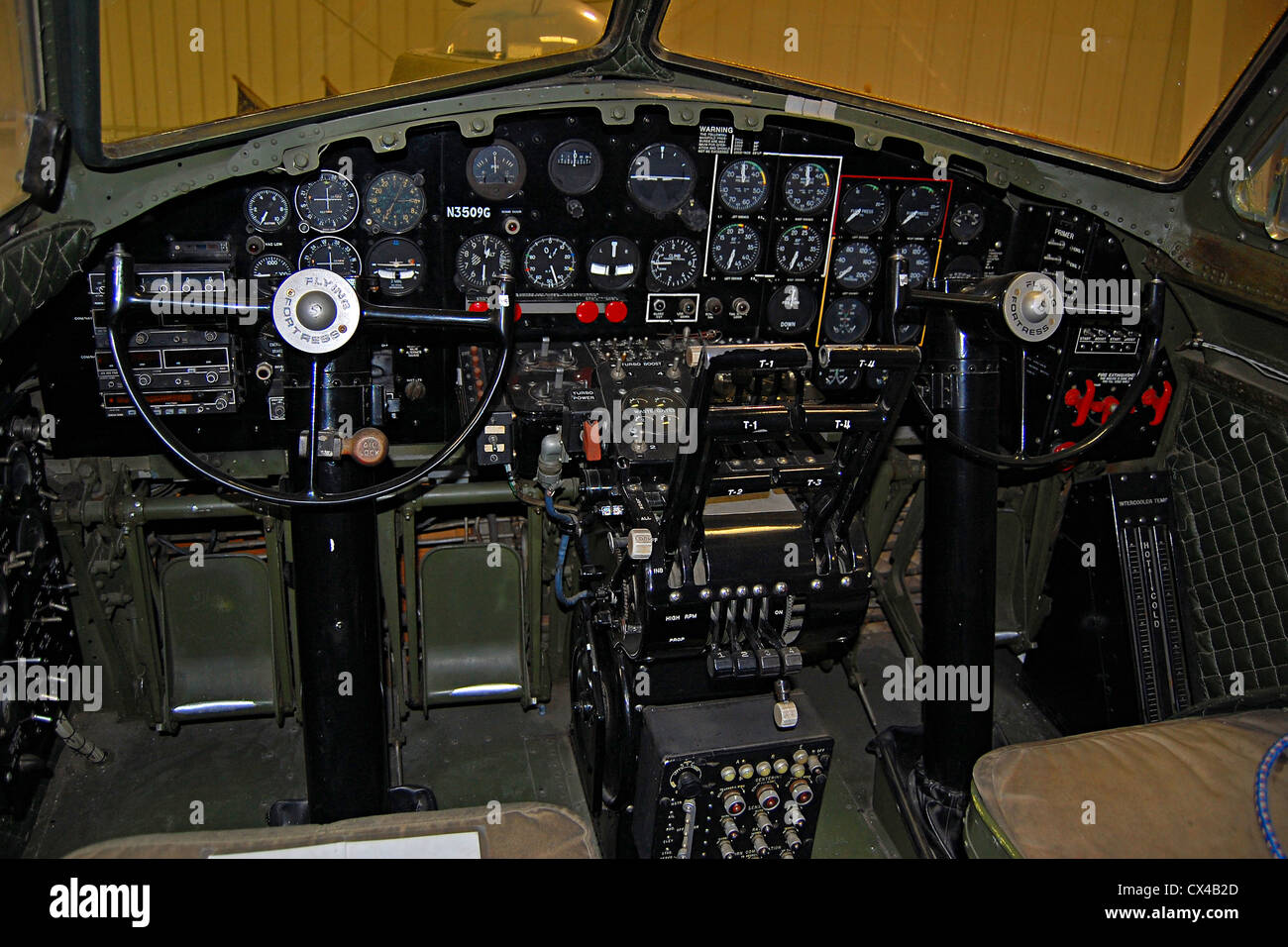The B-17 Flying Fortress looked unstoppable. Big. Loud. Full of guns. But it had a hidden problem that caused deadly crashes—and nobody noticed at first.
Pilots were crashing during landing. People blamed fatigue. Long missions, stress, mistakes. But the truth was worse: bad design.
Inside the cockpit, the switch to lower the landing gear looked and felt just like the flap control. Even worse—they were side by side. So after a brutal flight, pilots sometimes pulled the wrong one. Instead of dropping the wheels, they slowed the plane too fast. Boom. Crash.
The fix? Simple but smart. Change the knobs. Make the gear switch shaped like a tiny wheel. Make the flap control a different shape. Now pilots could feel the difference without looking. Problem gone.
There was more. Early B-17s didn’t have enough guns to defend themselves. And the very first one crashed—because someone forgot a small control lock.
That crash led to something huge: the pilot’s checklist. A short list to double-check everything before flying. Every plane uses it now.
The B-17 taught us this: if you make it easy to mess up, people will. Fix the design, or watch the damage pile up.

